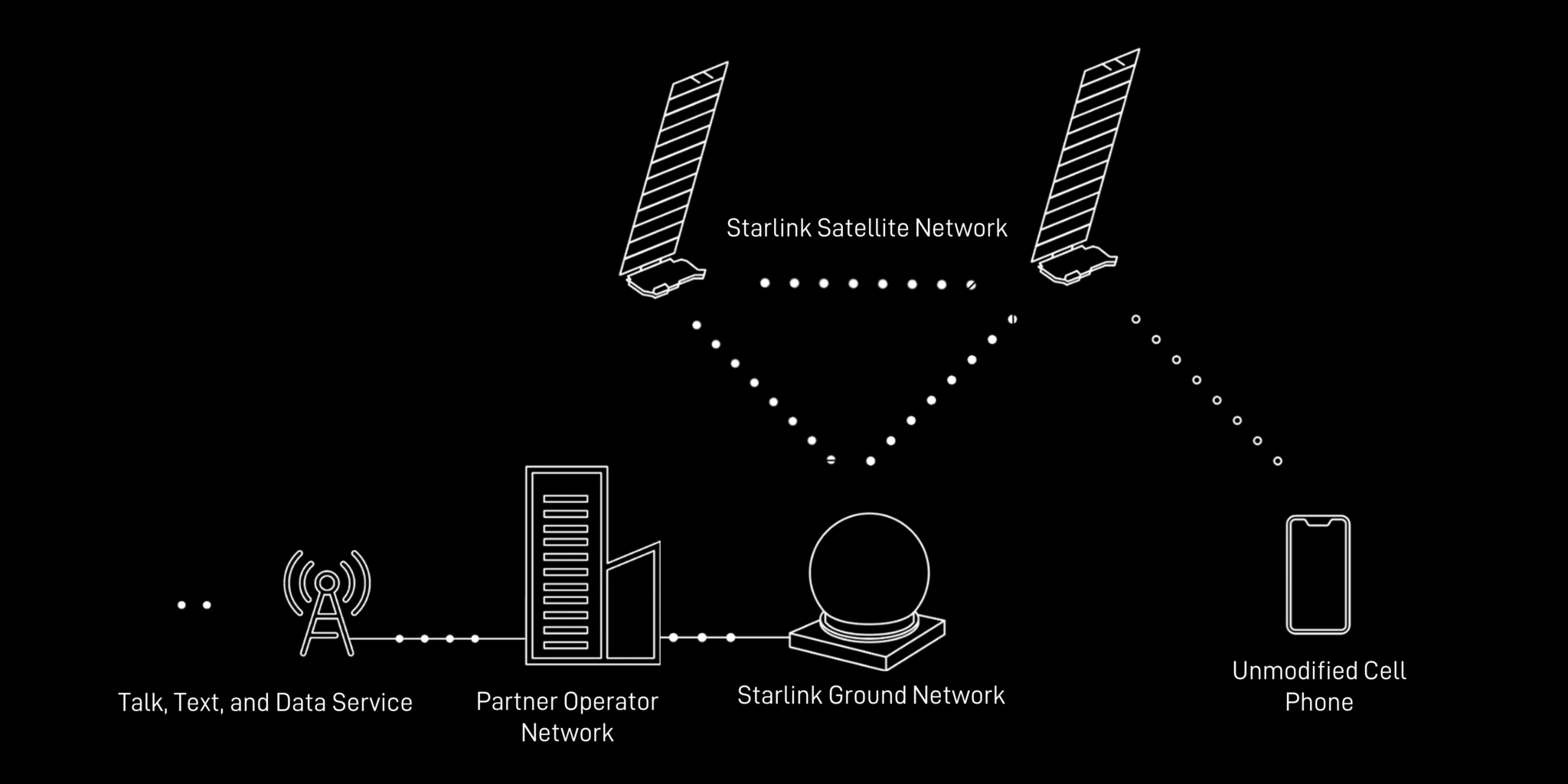TAMPA, Fla. — SpaceX launched its first batch of Starlink satellites designed to connect directly to unmodified smartphones Jan. 2 after getting a temporary experimental license to start testing the capability in the United States.
Six of the 21 Starlink satellites that launched on a Falcon 9 rocket at 10:44 p.m. Eastern from Vandenberg Space Force Base, California, carry a payload that the company said could provide connectivity for most 4G LTE devices when in range.
SpaceX plans to start enabling texting from space this year in partnership with cellular operators, with voice and data connectivity coming in 2025, although the company still needs regulatory permission to provide the services commercially.
The six @Starlink satellites on this mission with Direct to Cell capability will further global connectivity and help to eliminate dead zones → https://t.co/FgiJ7LOYdK pic.twitter.com/zFy7SrpsYs
— SpaceX (@SpaceX) January 3, 2024Initial direct-to-smartphone tests would use cellular spectrum from SpaceX’s U.S. mobile partner T-Mobile. SpaceX has also partnered with mobile operators in Australia, Canada, Chile, Japan, New Zealand, and Switzerland.
During the launch webcast, Kate Tice, SpaceX senior manager for quality systems engineering, said the first six “direct-to-cell” satellites would be brighter than the 15 Starlink V2 Mini broadband satellites joining the mission without the hardware to connect to smartphones.
SpaceX plans to work with astronomers to review the impact on their observations before making hardware adjustments to ensure its direct-to-cell spacecraft are as dim as possible, Tice added.
In November, SpaceX told the Federal Communications Commission that it expected to deploy 840 direct-to-cell satellites over the following six months.
Its first direct-to-cell launch was originally slated for mid-December, but was delayed to become SpaceX’s first mission in 2024 and 296th overall.
This was also the first flight for the booster on the Falcon 9 mission, which landed shortly after lift-off on a drone ship in the Pacific Ocean for reuse.
SpaceX announced 11:47 p.m. Eastern that the Falcon 9 had deployed all 21 Starlink satellites.

The 15 Starlink V2 Mini satellites on the mission will add more capacity to SpaceX’s existing low Earth orbit broadband constellation, which provides high-speed broadband to tailor-made fixed and mobile satellite user terminals.
Meanwhile, early-stage ventures AST SpaceMobile and Lynk Global are closing in on fundraising deals to expand their dedicated direct-to-device constellations.
AST SpaceMobile said Jan. 2 it is seeking to secure funds this month from “multiple parties” ahead of launching its first five commercial satellites early this year on a Falcon 9.
Lynk Global, which is currently providing intermittent texting and other low-bandwidth services to phones outside cellular networks in parts of the Solomon Islands, Cook Islands, and Palau, plans to raise funds by merging with a shell company run by former professional baseball player Alex Rodriguez.
Related
ncG1vNJzZmiroJawprrEsKpnm5%2BifLS8wJycsWWUmr2tu9isZJ2hopqwtXnTqGSspZGnwbG0zqecZquRqbKtuMitnKxlmaN6p7XRrKtmpJGqu6S0jKidZmpgZ4Fw